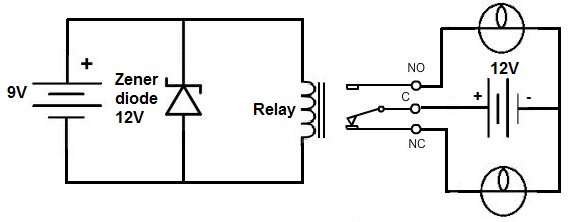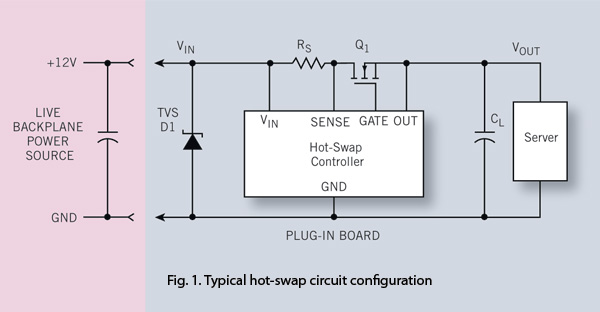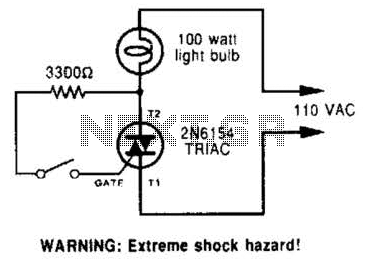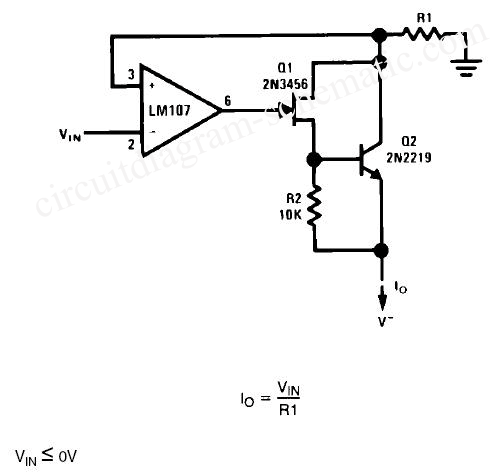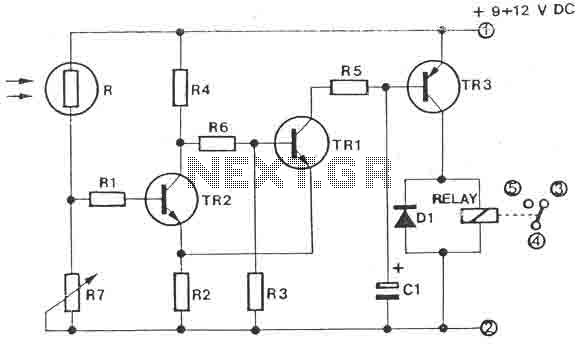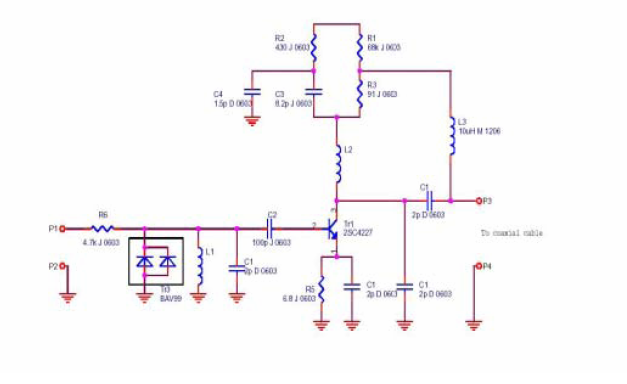
Car Alarm Security Circuit
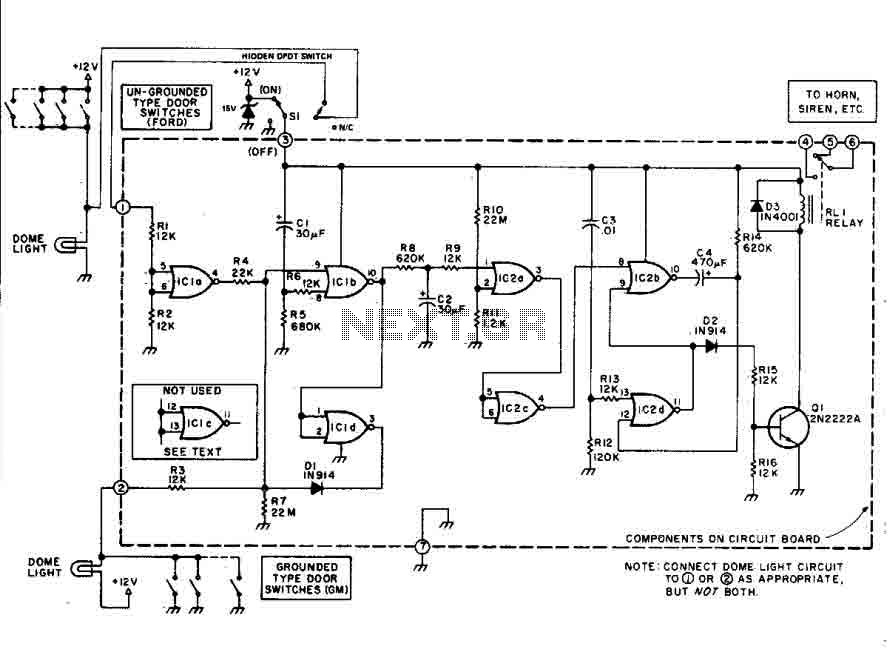
This car alarm circuit features an 18-second delay for both entrance and exit. It sounds continuously for 6 minutes before automatically turning off the horn and preparing for the next triggering event. The alarm remains activated even if the doors are closed or if another sensor switch is opened.
The car alarm circuit is designed to enhance vehicle security by providing timely alerts to unauthorized access. The 18-second delay allows users to enter or exit the vehicle without triggering the alarm, offering convenience while maintaining security. During this delay period, any unauthorized attempt to open the doors or manipulate the sensors will activate the alarm system.
Once triggered, the alarm emits a continuous sound for 6 minutes, which serves as both a deterrent to potential intruders and a notification to the vehicle owner. After this duration, the system automatically disables the horn, ensuring that it does not continue to sound indefinitely, which could lead to unnecessary disturbances.
The design of the alarm circuit includes a robust feature that keeps the alarm activated regardless of whether the doors are closed or if other sensor switches are engaged. This ensures that even if an intruder attempts to disable the system by manipulating the door locks or other entry points, the alarm will still function as intended, providing an additional layer of security.
Overall, the car alarm circuit is an effective solution for protecting vehicles from theft and unauthorized access, offering both a user-friendly experience and reliable performance in various scenarios.This car alarm circuit offers 18 seconds delay for the entrance and the exit. It sound continually for 6 minutes and automaticaly turns horn off and gets ready for the next trigering... The Alarm stays ON even if you close the doors or open other sensor switch.
The car alarm circuit is designed to enhance vehicle security by providing timely alerts to unauthorized access. The 18-second delay allows users to enter or exit the vehicle without triggering the alarm, offering convenience while maintaining security. During this delay period, any unauthorized attempt to open the doors or manipulate the sensors will activate the alarm system.
Once triggered, the alarm emits a continuous sound for 6 minutes, which serves as both a deterrent to potential intruders and a notification to the vehicle owner. After this duration, the system automatically disables the horn, ensuring that it does not continue to sound indefinitely, which could lead to unnecessary disturbances.
The design of the alarm circuit includes a robust feature that keeps the alarm activated regardless of whether the doors are closed or if other sensor switches are engaged. This ensures that even if an intruder attempts to disable the system by manipulating the door locks or other entry points, the alarm will still function as intended, providing an additional layer of security.
Overall, the car alarm circuit is an effective solution for protecting vehicles from theft and unauthorized access, offering both a user-friendly experience and reliable performance in various scenarios.This car alarm circuit offers 18 seconds delay for the entrance and the exit. It sound continually for 6 minutes and automaticaly turns horn off and gets ready for the next trigering... The Alarm stays ON even if you close the doors or open other sensor switch.
